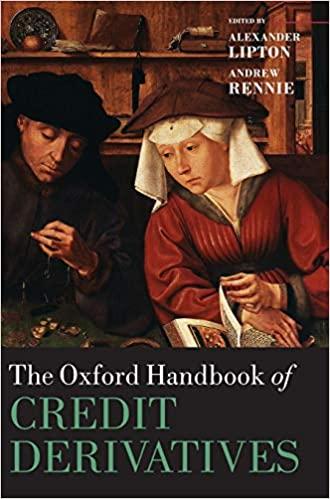1. Stocks A and B in a portfolio earn annual returns of 12% and 15%, respectively. If an investor invests 70% of his money in Stock A and 30% in Stock B, what is the expected annual return of the investors portfolio?
2. Most stocks have betas in the range of zero to one.
3. The APT (Arbitrage pricing Theory) is a single factor model. The CAPM (Capital Assets Pricing Model) proposes that the relationship between risk and return is more complex and may be due to multiple factors.
4. To calculate a stocks beta, we run a regression line of past returns on the stock versus returns on the market. The regression line is called the characteristic line. The slope coefficient of the characteristic line is defined as the beta coefficient.
5. At least 3 years of monthly returns or 1 year of weekly returns are used in calculating beta. Many analysts use 5 years of monthly returns.
6. What is the market value of a 5-year maturity and $1,000 par value bond with an 8% coupon interest rate? Assume that the investors required rate of return from the bond is 6%. Assume that interest is paid annually.
7. What is the yield-to-maturity of a 10-year maturity and $1,000 par value bond with an 8% coupon interest rate if it is selling for $950.08? Assume that interest is paid annually.
8. What is the market value of a 15-year maturity and $1,000 par value bond with a 9% coupon interest rate? Assume that the investors required rate of return from the bond is 8%. Assume that interest is paid semiannually.
9. A 15-year, 12% coupon, $1,000 par value bond is selling for $1,345.84 with an 8% yield to maturity. It can be called after 10 years at $1,080. What is the bonds annual Yield-to-Call? Assume that the bond is paying semiannual interest.
9. A 15-year, 12% coupon, $1,000 par value bond is selling for $1,345.84 with an 8% yield to maturity. It can be called after 10 years at $1,080. What is the bonds annual Yield-to-Call? Assume that the bond is paying semiannual interest.






